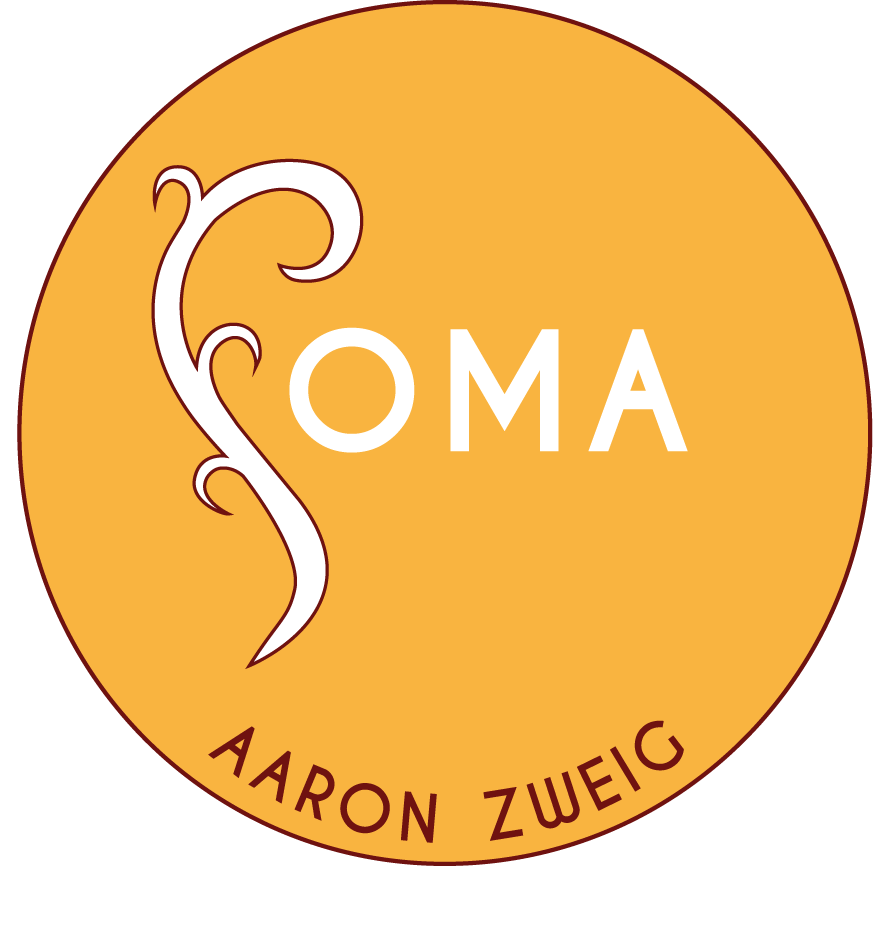
Somatic Psychotherapy
Approaching the experience of our struggles with a friendly attitude opens us up to mysterious lanes of reorganization we could not have planned for. Somatic Psychotherapy kindles faith in the intelligent design of all living systems. It involves engaging the physical form, including your senses, to calm down the nervous system. It engages full body awareness as a powerful tool for healing. Intention, awareness and compassion do the bulk of the work. The present moment is the roadmap and the territory of our work together. The more developed our sensitivity the easier the integration of old structures and unhealed parts.
With the right attention to the pattern of our difficulties the thread of the unresolved past becomes visible. We follow this thread through sensation and feeling. As we go deeper a somatic pattern begins to takes shape––a body-map. Some people’s body-maps feel numb or frozen to their owners. Some disfigured, shrunken or warped. Some are held tightly shut like traps or stuck in double-binds; some are dense like pressure-cookers. Holding the experience of the body-map together with the limiting core belief from the past opens a window to transformation.
Access the pattern in the body, connect it to limiting core beliefs, and BANG! Step into a new world of possibility.
The Method
Traditional psychotherapy can go around in circles talking about and above the problem. Bodywork can sometimes trigger a release without a means to cope with it. Somatic Therapy blends the best tools of both worlds. We use the body—its sensations, feelings, postures and symptoms—to access and free up energy blockages and false beliefs we built in our early years. The experience of the body moves quickly under the rote stories we tell, to focus within our living experience. The unfolding work is energetic, process-centered and alive. The goal is to free the vital energy current where a piece of it is trapped in clenched muscle, locked down to prevent the return of pain of an earlier time.
How It Looks
Feelings and sensations lead the client, and posture and process guide the therapist. Somatic Psychotherapy engages the body in 4 different ways:
POSTURE Responses to life events have shaped our body, and that posture offers direction to the therapist. Our body is a map of an adaptation to our past.
TRACKING When exploring problem areas, subtle changes in our sensations and feelings offers a felt connection to a deeper part of us. In time we become fluent in this new language, another way to know ourselves.
INFORMATION Expressions of the body--gestures, breath patterns, eye movements, vocal changes--offer places to engage an unconscious story offering to express itself.
REPATTERNING In critical moments we provide a crucial missing experience--safety, connection, protection, freedom, expression or empowerment, to name a few--to shift the old pattern and break its spell.
Within the framework of your experience you develop the ability to own your history, to change how you want to be with it, to orient to the problem in an empowered and creative way.
RESULTS Feelings you were sure would’ve overwhelmed you as a chiuld are now easily felt and handled, bringing great relief, release and expansion. Old ways of hiolding melt away becuase there is no longer any reason to keep this stuff locked in the closet. Resistance gives way to the greater expression of who you are. Often, the symptoms that troubled you fade.disappear.
Feelings you were sure would’ve overwhelmed you as a child are now easily felt and handled, bringing great relief, release and expansion. Old ways of holding melt away because there is no need any longer to lock this stuff in the closet. Resistance gives way to the greater potential of who you are. Often, the symptoms that troubled you disappear.
The Results
Sometimes touch can be incorporated as an additional therapy tool. Depending on the comfort and safety of the client, touch can bring great support. When client and therapist agree it would be helpful, non-sexual touch can provide an experience of connection that can help build trust. It can guide awareness, breath and energy into numb areas. And it can build a container to hold a sense of self.


